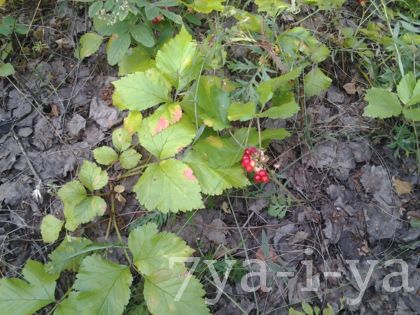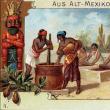Sections of the site
Editor's Choice:
- How to feed a hedgehog at home?
- How to make a poster with chocolates and inscriptions with your own hands?
- DIY hazel onions
- What you need for a picnic
- Pike head ear
- Rating of winter lures for perch
- How to salt pike caviar
- How to make cheese at home - recipe
- How to care for a hedgehog at home
- How to make a hunting bow with your own hands?
Advertising
| Birch forest mushrooms |
|
An hour and a half drive along a fairly decent road, another half hour along a country road, and now we are near the birch pegs. Pegs began to meet even earlier, but, according to friends who were here before us, there are not many mushrooms in them and it is not worth spending time checking for availability. Now about the mushrooms. I'll start with the edible tubular. Boletus.
We start the article mushrooms of a birch forest naturally with a boletus. Boletus genus Obabkovy family Boletovye. There are more than 40 types. White mushroom.
Boletus
The flywheel is green.
LamellarThe milk is real (wet).
What puzzled me this mushroom?
Almost all cut wet ones had a hollow stem in the middle. Unfortunately, wormy ones were also caught, it was possible to determine the wormy mushroom or not by cutting it in half or completely cutting off the leg. Aspen milk
Milk mushrooms are eaten only after repeated soaking, sometimes they are boiled to get rid of the bitterness that it possesses. Even a soaked mushroom is not recommended to be consumed right away. Mushrooms that have been salted for at least forty days are accepted for food. Milk mushrooms are rarely fried and boiled, they have a dense structure, but in appearance they are very tasty and with the right salting, they are eaten with pleasure with boiled potatoes. Champignon
Champignons are probably the most fragrant mushrooms in the birch forest and not only that I have come across and which I have eaten. Champignon is ubiquitous, I found it in the steppe, in meadows, in coniferous and deciduous forests, and birch forests were no exception, although most of the collected grew near the pegs. Champignon is a very tasty mushroom, but for some reason, where I live, it is rarely salted and pickled. It is mainly eaten fried with potatoes. It is still dried and soup is boiled.
Recently, they began to sell those grown in greenhouses, but they cannot be compared with wild ones. The champignon has a white, slightly rough, domed cap on top. In mature mushrooms, it can be almost flat. The hemenophore part of the fungus is lamellar, from pinkish in young, to dark brown in mature. Grows singly and rarely in families in the soil. Has a strong external resemblance to the pale toadstool. A distinctive feature is the white color of the spore plates and the not very pleasant smell of toadstool. Champignon also has its absolute counterpart among inedible mushrooms, this is yellow-skinned champignon. A distinctive feature of this mushroom is an unpleasant odor and yellowing of the pressure points on the mushroom. Once you smell the champignon, you can't confuse it with anything. Russula
Raincoat
The raincoat looks like a young champignon, but does not have spore plates, and when cut off, it resembles a dense white ball. Maturation of spores occurs in the nutria of the fungus, therefore, in adulthood, with light pressure on the mushroom, it bursts and releases a column of greenish spores into the air. I have never cooked a raincoat, but they write on the Internet that it is fried and soup is made. Peel before cooking. Young, dense mushrooms are eaten. Well, it seems that all the edible mushrooms of the birch forest that I met in the pegs.
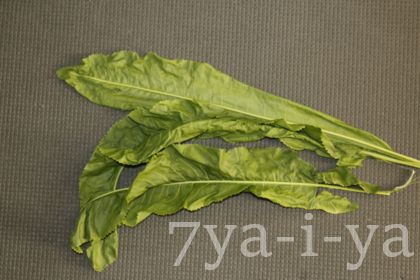 Inedible mushroomsPiggy
I learned the name by comparing my photos with photos from the Internet. This is a new mushroom for me, and I am wary of new things. For this reason, we did not collect pigs. And what pigs, if there are more interesting mushrooms. The pig looks like a lump, and has the color of a birch tree. Therefore, when you see it from afar, it is easy to confuse it with a birch tree, and only when you come closer and cut it off, you realize that you have been deceived, the pig has a lamellar hemenophore part. Amanita.
These are the most famous and recognizable inedible mushrooms of the birch forest. A red cap with white dots on a thin, white stalk growing from a bulbous stalk, sometimes with a collar under an open cap. In Kolka, two species with a red and gray hat were caught. One more species of mushrooms also met, but could not determine its belonging. The rest were either not at all attractive, or clearly expressed their unfitness for food. There was also a steppe bow in the pegs, Many strawberry shoots also grew, Sometimes there were bushes with rare drupes. Just before leaving, I decided to look into a small peg of young birches to see if there were any mushrooms in a birch forest, iiii, and climbed into a hornet's nest. Well, God gave me legs and the ability to run fast. Got twenty lightly bites in the back and one very first in the eyebrow. We drove to an inhabited village and quickly to a stall for an antidote in the form of a 300 gram scale of vodka. I drank and felt better. The next day, only small red dots remained from the bites and no complications. Vodka is the best medicine for the bites of evil insects. Beware of old dry birches with voids inside. Wasps are very fond of them and build nests there. Such trunks are most often found next to young birches. 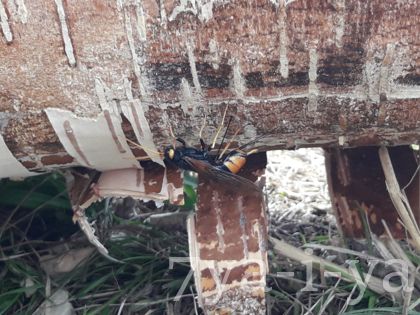
|
| Read: |
|---|
New
- "Mahmud is in place, we can start" or interesting facts about the papakha
- I never took off my hat crossword clue
- Types of genres of literary works Large narrative work of fiction with a complex plot
- Compilation of Dramas Featuring Lee Jong Suk Films with Lee Jong Juice
- So Ji Soo Kim Ji Soo Drama
- Park Shin Hye - filmography, biography and personal life Where Pak Shin Hye is filmed
- How Perm people live now, who won millions on TV shows
- Does 21st Century India Need Castes?
- Violin post briefly
- Bach: biography in short for children Biography of bach johann sebastian in short for 6

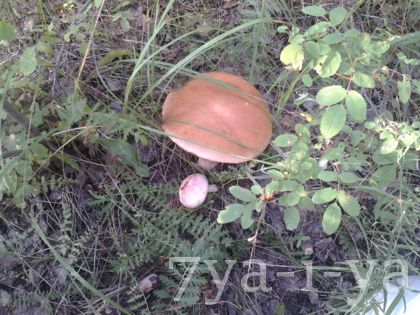
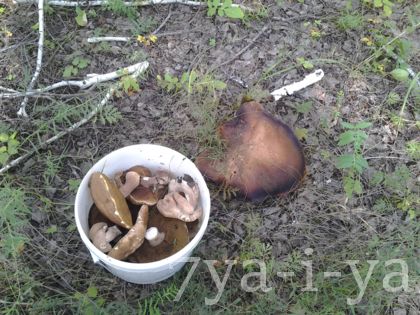
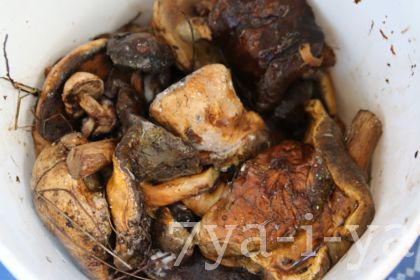
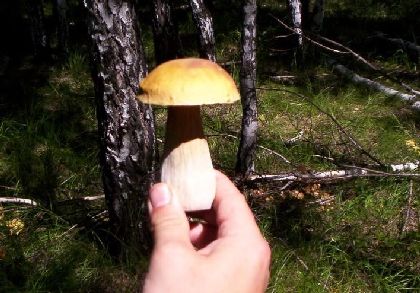 Although the porcini mushroom is considered the most delicacy, healthy and tasty, we met the porcini mushrooms of the birch forest less often, and for this reason, it fell into second place in the list of birch pegs mushrooms that we visited.
Although the porcini mushroom is considered the most delicacy, healthy and tasty, we met the porcini mushrooms of the birch forest less often, and for this reason, it fell into second place in the list of birch pegs mushrooms that we visited. 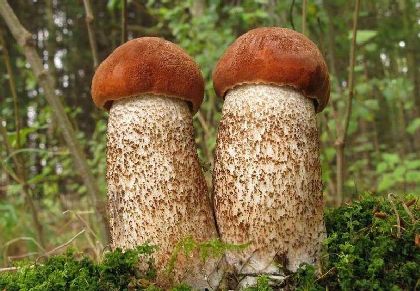 The boletus, or as my friend the redhead, as my friend calls it, was even less common than the white one, this is not surprising, although aspen grew in birch groves, but in extremely small quantities, this mushroom came across among it. Young aspen mushrooms grow on long legs and have a red cap that has not opened. And those that are older have a not so red, closer to a brownish, but already opened hemisphere cap. The cut of the mushroom or the depressed spongy hymenophore part of the cap turns slightly blue. When cooked, the flesh turns black.
The boletus, or as my friend the redhead, as my friend calls it, was even less common than the white one, this is not surprising, although aspen grew in birch groves, but in extremely small quantities, this mushroom came across among it. Young aspen mushrooms grow on long legs and have a red cap that has not opened. And those that are older have a not so red, closer to a brownish, but already opened hemisphere cap. The cut of the mushroom or the depressed spongy hymenophore part of the cap turns slightly blue. When cooked, the flesh turns black. 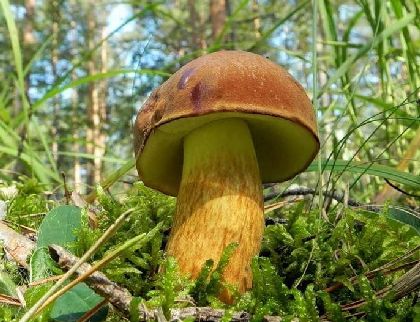 The green flywheel was even less common, differing from the rest of the tubular brown cap with a slight green tint and a greenish spongy hemenophore. Cooking a flywheel is no different from birch and other mushrooms. Therefore, it is prepared together with everyone, with the exception of the porcini mushroom, which is prepared separately from the rest.
The green flywheel was even less common, differing from the rest of the tubular brown cap with a slight green tint and a greenish spongy hemenophore. Cooking a flywheel is no different from birch and other mushrooms. Therefore, it is prepared together with everyone, with the exception of the porcini mushroom, which is prepared separately from the rest.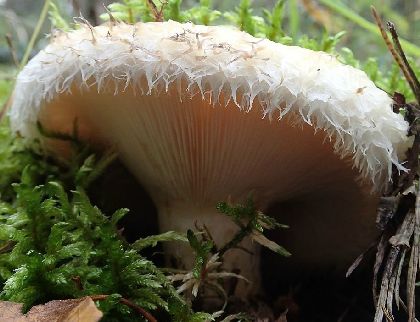 To be honest, I met a real lump for the first time in my life and did not take it into my trophies for anything, since I used to consider it a lump. If it were not for my friend mushroom picker, who since childhood, even with his father, visited these places and knew almost all the edible mushrooms of the birch forest, I would have missed him.
To be honest, I met a real lump for the first time in my life and did not take it into my trophies for anything, since I used to consider it a lump. If it were not for my friend mushroom picker, who since childhood, even with his father, visited these places and knew almost all the edible mushrooms of the birch forest, I would have missed him.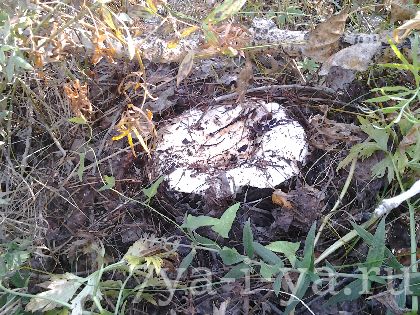 As I wrote above, among the birches there were also aspens, and in them, in addition to aspen mushrooms, and the aspen milk mushroom, which is familiar to me.
As I wrote above, among the birches there were also aspens, and in them, in addition to aspen mushrooms, and the aspen milk mushroom, which is familiar to me. 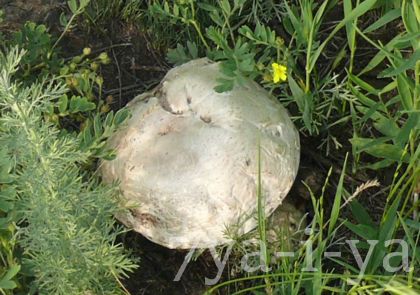
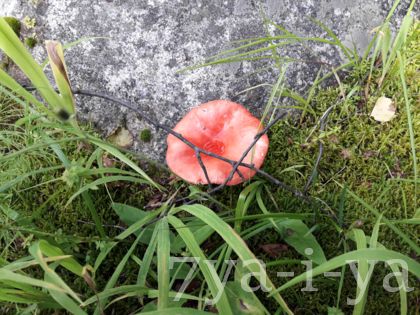 I don’t know for what reason, but we don’t eat this mushroom either. Perhaps the reason for this is its fragile structure. Until you deliver it to the house, nothing will remain of it, everything will crumble.
I don’t know for what reason, but we don’t eat this mushroom either. Perhaps the reason for this is its fragile structure. Until you deliver it to the house, nothing will remain of it, everything will crumble. 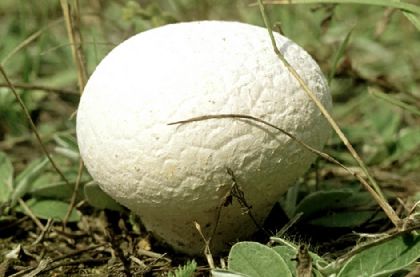 Although a raincoat is considered an edible mushroom, in our area, none of my friends, and I have never eaten them, so I can’t say anything about the taste.
Although a raincoat is considered an edible mushroom, in our area, none of my friends, and I have never eaten them, so I can’t say anything about the taste.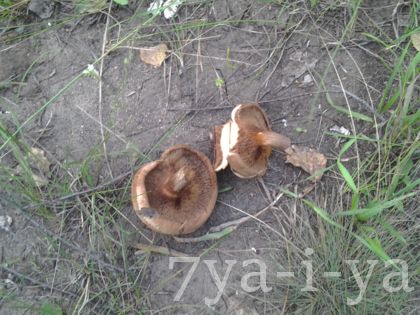
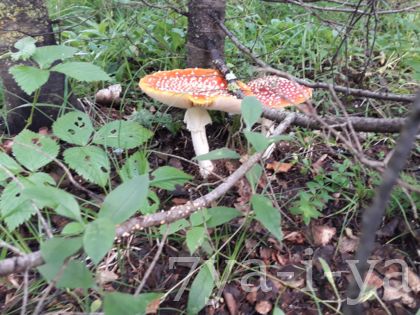
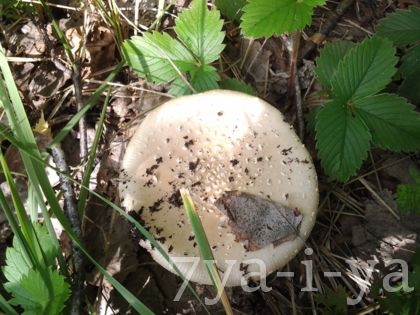
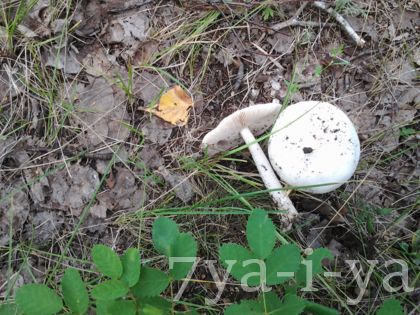
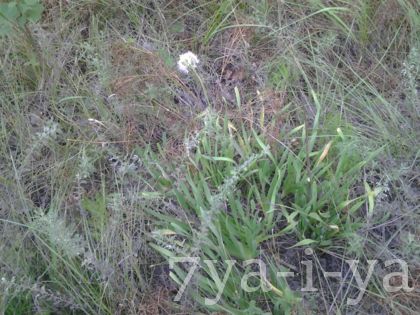 taking away the young leaves from which they dressed the tomato salad.
taking away the young leaves from which they dressed the tomato salad.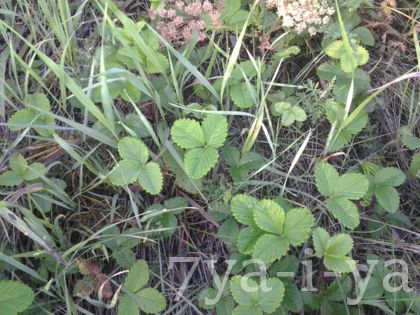 but there were no berries, the season was over.
but there were no berries, the season was over.